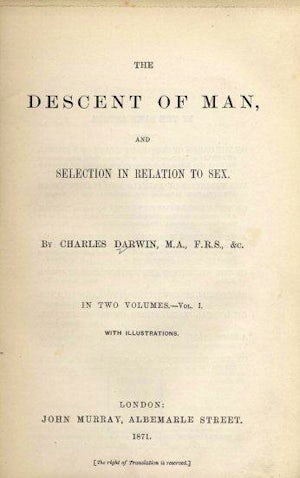January 26, 1918. Following the example of Clifford Beers’ American National Committee for Mental Hygiene, Canadian psychiatrists Dr. Clarence Hincks and Dr. C.K Clarke established the Canadian National Committee for Mental Health (CNCMH). The goal of the CNCMH was to combat feeblemindedness and the host of social ills associated with it such as prostitution, criminality, and unemployment. It was formed at a time when social reform was popular amongst Canadians, and became aligned with the eugenics movement (Dyck, 2014).
Hincks and Clarke were viewed as "experts" on mental hygiene, by provincial governments and many social welfare organizations. From 1918 onward, they carried out surveys on feeblemindedness in seven out of nine provinces. They concluded that the number of feebleminded individuals was one the rise. However, the CNCMH sought to reduce the number of people in asylums, which were perceived as out of date and costly to maintain (Dyck, 2014). The solution proposed included immigration restrictions, medical examinations of Aboriginals, and a broadening of the term "feeble-minded" to include criminality, prostitution, vagrancy, and unemployment (Dyck, 2014). The CNCMH was also key in promoting a public health movement, which assumed slightly different forms in different provinces (Dyck, 2014).
In 1950, CNCMH was renamed the Canadian Mental Health Association.
-Erna Kurbegovic and Colette Leung
Strange, C. & Bashford, A. (2010). Eugenics in Canada: A Checkered History, 1850s-1990s. A. Bashford & P. Levine (Eds.), The Oxford Handbook of the History of Eugenics. Oxford: Oxford University Press.
 1869:
Galton publishes Hereditary Genius
1869:
Galton publishes Hereditary Genius
 1871:
Charles Darwin publishes The Descent of Man
1871:
Charles Darwin publishes The Descent of Man